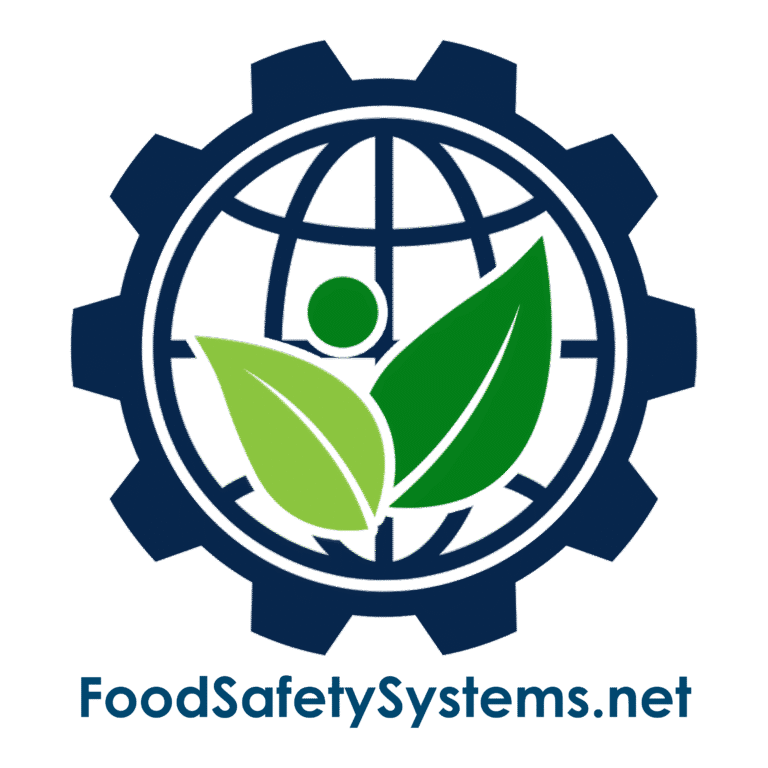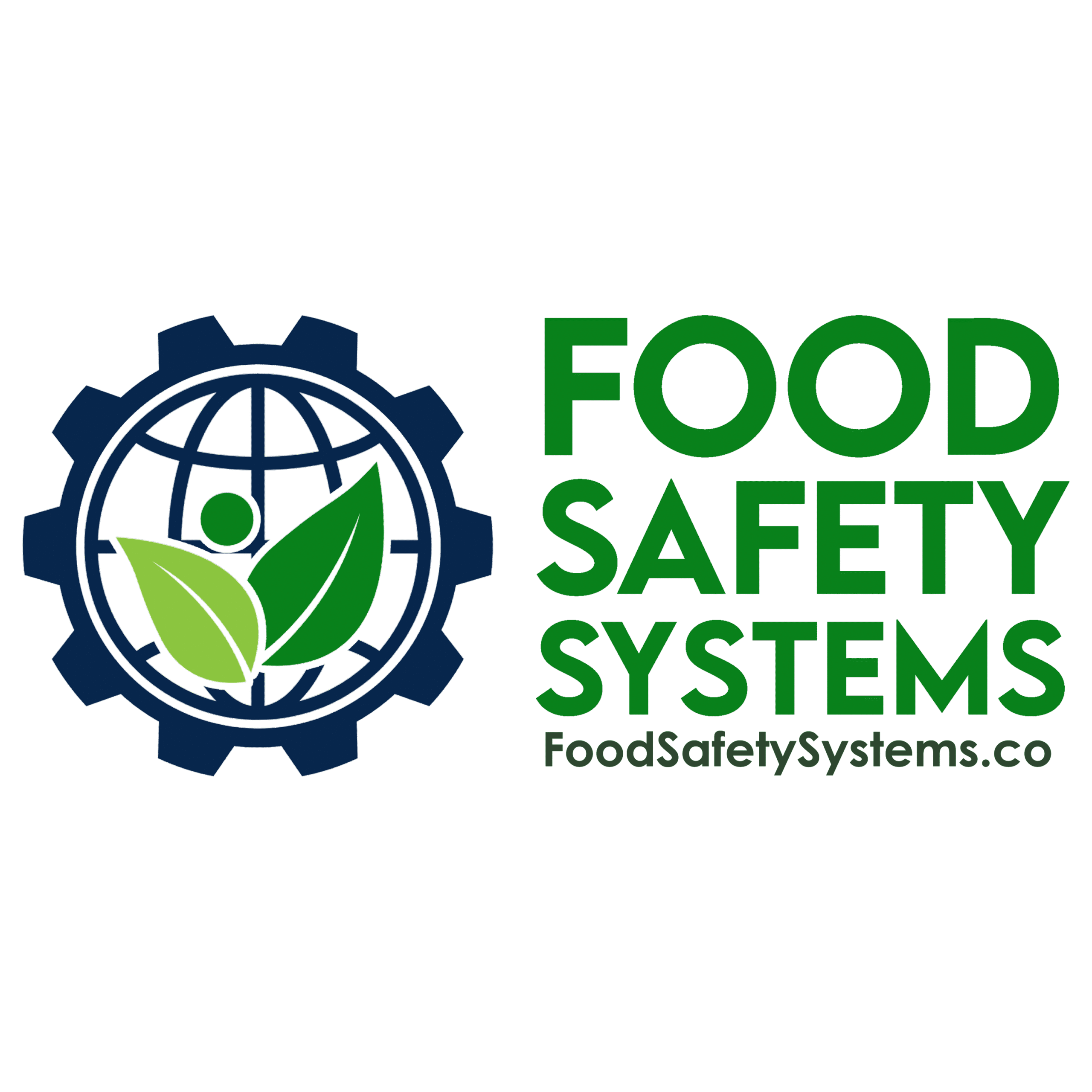Supplier and Raw Material Approval & Monitoring

Aligned with FSSC 22000 Requirements
Requirement Overview
FSSC 22000 requires that organizations establish a documented process for the approval and ongoing monitoring of suppliers and raw materials. This process ensures that all inputs, including packaging materials, meet defined safety, quality, and regulatory requirements while supporting full traceability throughout the supply chain.
A robust supplier approval and monitoring system reduces the risk of unsafe or non-compliant materials entering production and strengthens supply chain resilience.
Aligned with BRCGS for Storage & Distribution Issue 4 – Clause 4.3.1 & 4.3.3
Requirement Overview
BRCGS for Storage & Distribution requires that products moved via cross-docking are traceable and controlled at all times, even when they are not held in storage for extended periods.
Clause 4.3.1: “The company shall ensure that traceability is maintained at all stages, including during cross-docking operations.”
Clause 4.3.3: “Procedures shall be in place to ensure that all products handled, including those not stored on-site, remain under control and are not subject to contamination or substitution.”
Cross-docking operations must not compromise product traceability, safety, or integrity. Even with minimal handling and temporary presence, each product must be accurately identified, documented, and protected.

Key Compliance Objectives
-
✓ Approve suppliers using risk-based assessments
✓ Monitor supplier performance through audits, reviews, and verification
✓ Ensure full traceability of materials to approved sources
✓ Establish and maintain raw material specifications and testing requirements
Step-by-Step Compliance Implementation
1. Develop a Supplier Approval Procedure
-
Key Components:
-
• Risk assessment of each supplier and raw material
• Documented approval criteria (e.g., certifications, audits, questionnaires)
• Defined approval status categories (approved, conditional, not approved)
Evidence to Maintain:
-
• Supplier approval procedure or SOP
• Completed supplier questionnaires, certifications, or audit reports
• Approved supplier list with risk ratings and review dates
- • Risk assessment of each supplier and raw material • Documented approval criteria (e.g., certifications, audits, questionnaires) • Defined approval status categories (approved, conditional, not approved)
- • Supplier approval procedure or SOP • Completed supplier questionnaires, certifications, or audit reports • Approved supplier list with risk ratings and review dates
2. Define Raw Material Specifications
-
Specifications Must Include:
-
• Product description and technical parameters
• Food safety and quality requirements (e.g., allergens, microbiological limits, chemical residues)
• Packaging, storage, and handling requirements
Evidence to Maintain:
-
• Signed and current raw material specifications
• Change control records for specification updates
• Certificates of analysis (COAs) or conformance (COCs)
- • Product description and technical parameters • Food safety and quality requirements (e.g., allergens, microbiological limits, chemical residues) • Packaging, storage, and handling requirements
- • Signed and current raw material specifications • Change control records for specification updates • Certificates of analysis (COAs) or conformance (COCs)
3. Monitor Supplier Performance
-
Monitoring Activities Include:
-
• Scheduled supplier audits or desk reviews
• Tracking of complaints, delivery performance, and non-conformances
• Evaluation of corrective and preventive actions (CAPA)
Evidence to Maintain:
-
• Supplier audit or review reports
• Non-conformance and CAPA logs
• Supplier performance scorecards or dashboards
- • Scheduled supplier audits or desk reviews • Tracking of complaints, delivery performance, and non-conformances • Evaluation of corrective and preventive actions (CAPA)
- • Supplier audit or review reports • Non-conformance and CAPA logs • Supplier performance scorecards or dashboards
4. Manage Incoming Material Verification
-
Verification Steps:
-
• Inspection of incoming goods
• Sampling and testing of raw materials when required
• Approval and release before use in production
Evidence to Maintain:
-
• Receiving and inspection records
• Verification logs for COAs/COCs
• Material release documentation
- • Inspection of incoming goods • Sampling and testing of raw materials when required • Approval and release before use in production
- • Receiving and inspection records • Verification logs for COAs/COCs • Material release documentation
Common Audit Findings & Recommended Fixes
| Audit Finding | Recommended Action |
|---|---|
| No formal supplier approval process | Implement documented risk-based supplier approval and monitoring procedure |
| Missing or outdated supplier documentation | Review and update approval records regularly |
| No performance monitoring of suppliers | Establish routine performance reviews, complaint tracking, and corrective action follow-up |
| Lack of raw material specifications | Define detailed specifications with food safety criteria and supplier acknowledgment |
Auditor Verification Checklist
Auditors will typically expect to see:
-
• Documented supplier approval and monitoring procedure
• Current approved supplier list with risk categorization
• Signed and maintained raw material specifications
• Supplier audit reports, monitoring records, and CAPA documentation
• Traceability evidence linking raw materials to approved sources
Implementation Roadmap
Build Your Program
-
✓ Develop and approve supplier and material evaluation procedures
✓ Perform initial risk assessments for suppliers and materials
Validate and Monitor
-
✓ Approve suppliers based on audits, certifications, or documentation
✓ Define material specifications and verification protocols
Operate and Track
-
✓ Inspect and verify incoming materials before release
✓ Monitor supplier performance and maintain traceability
Improve Continuously
-
✓ Reassess supplier risk profiles annually
✓ Update approval and monitoring processes based on performance trends or new risks
Why This Matters?
-
✓ Prevents unsafe or non-compliant materials from entering production
✓ Ensures supplier accountability and continuous improvement
✓ Strengthens supply chain control and resilience
✓ Demonstrates compliance and audit readiness
Support Tools Available
Food Safety Systems provides:
-
✓ Supplier approval and monitoring procedure templates
✓ Supplier audit checklists and questionnaire forms
✓ Raw material specification templates
✓ Supplier scorecard and monitoring tools
Privacy Policy | Terms of Service
Powered by interlinkIQ.com, Developed by ITBlaster.net, Owned and Operated by Consultare Inc. Group, A Compliance Company. All Rights Reserved.







